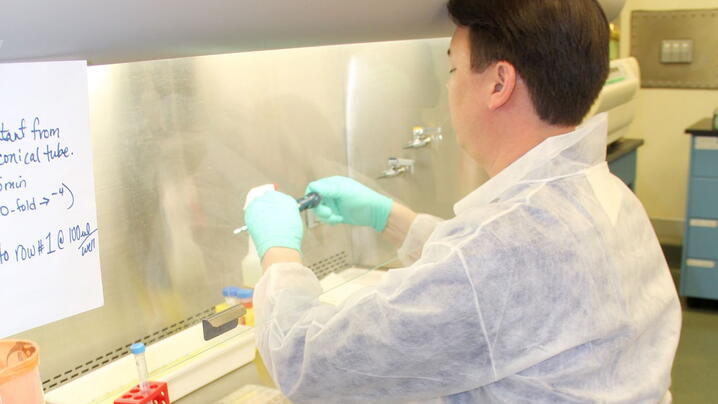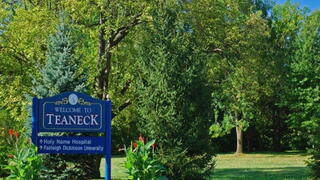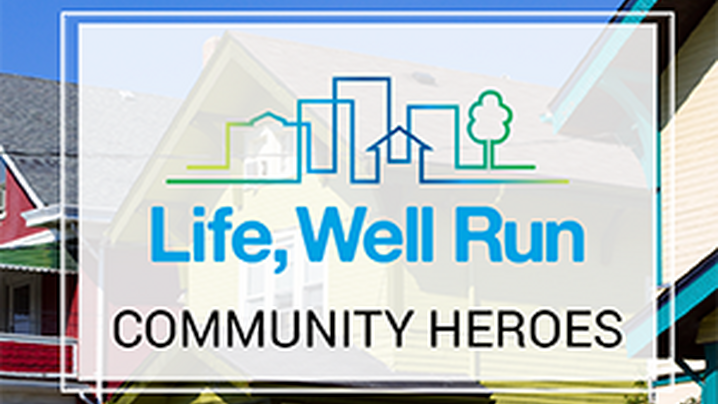Ensuring that your citizens are well educated about budgetary issues starts with effective communication and engagement.

If you have an example of an arrangement, let us know!

Show us how Community Development Block Grants have helped your community in our #SaveCDBG Campaign.

In recognition of Older Americans Month in May, ICMA is highlighting this success story from Life, Well Run on an age-friendly initiative in Teaneck, New Jersey.

It’s the most wonderful time of the year… Budget Season! For communities operating on a July 1 fiscal year, March Madness means more than just college basketball. Spring is the time for many municipalities to forecast their resources for the coming year, prioritize new initiatives, and ensure they are following through on existing obligations. It’s…

Life, Well Run is pleased to announce the 2017 Community Heroes who were nominated by their jurisdictions for modeling dedication to local government and serving residents. Life, Well Run received a wonderful response to the call for Community Hero nominations that began in November 2016 with the support of ICMA-RC. Managers sent in descriptions of their…
Teaneck, New Jersey<br />As the U.S. population ages, most communities will wrestle with a variety of issues related to elderly residents. Top of mind would be emergency services, transportation, engagement and activities, and appropriate housing. Teaneck, N.J. (pop.40,000), is getting ahead of the curve with a program called Age-Friendly Teaneck. The planning phase of the program began in…

Professional local government management—through which elected officials hire a highly trained, nonpolitical chief executive to oversee the day-to-day operations of a community—makes a significant difference in that jurisdiction’s creditworthiness, efficiency, and ability to build community, according to a recent review conducted by ICMA, the International City/County Management Association. ` A review of Moody’s Aaa-rated local…
